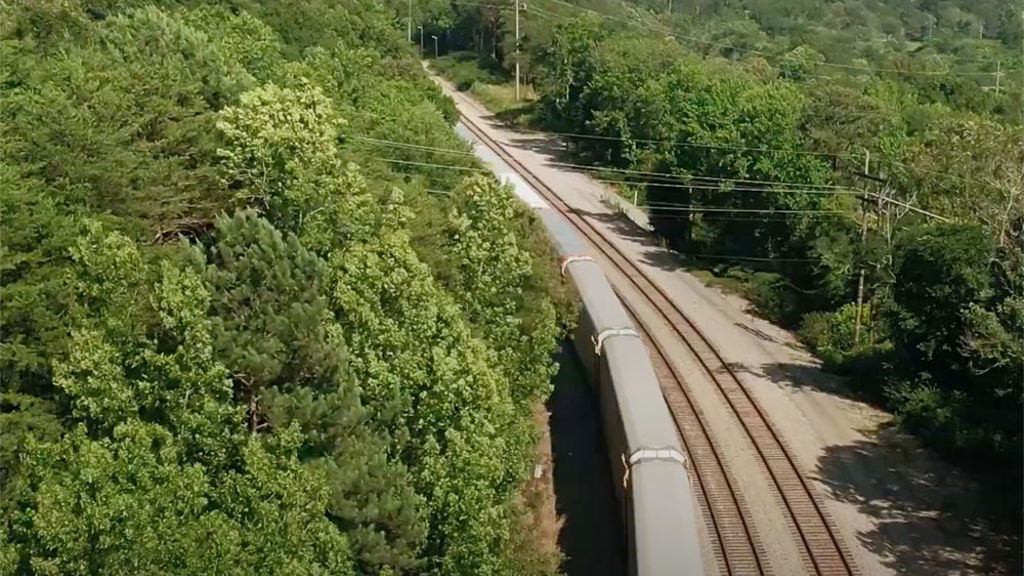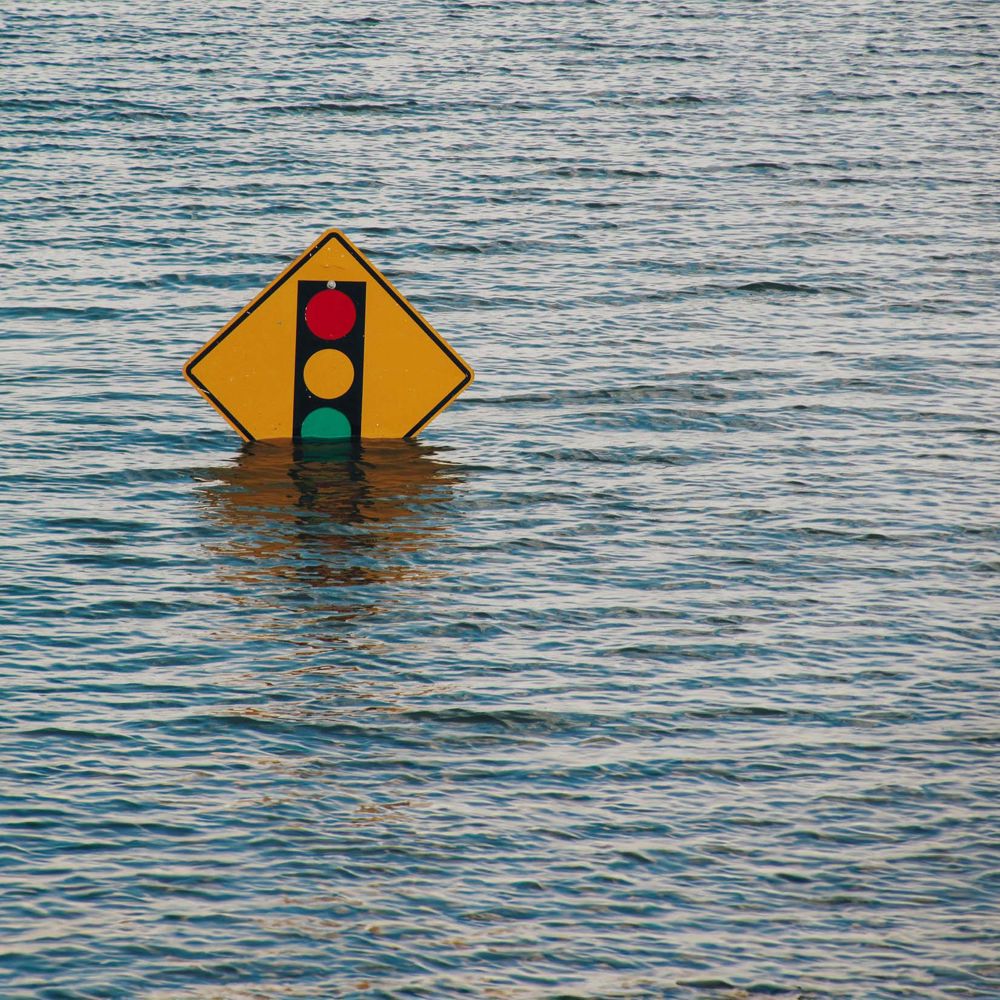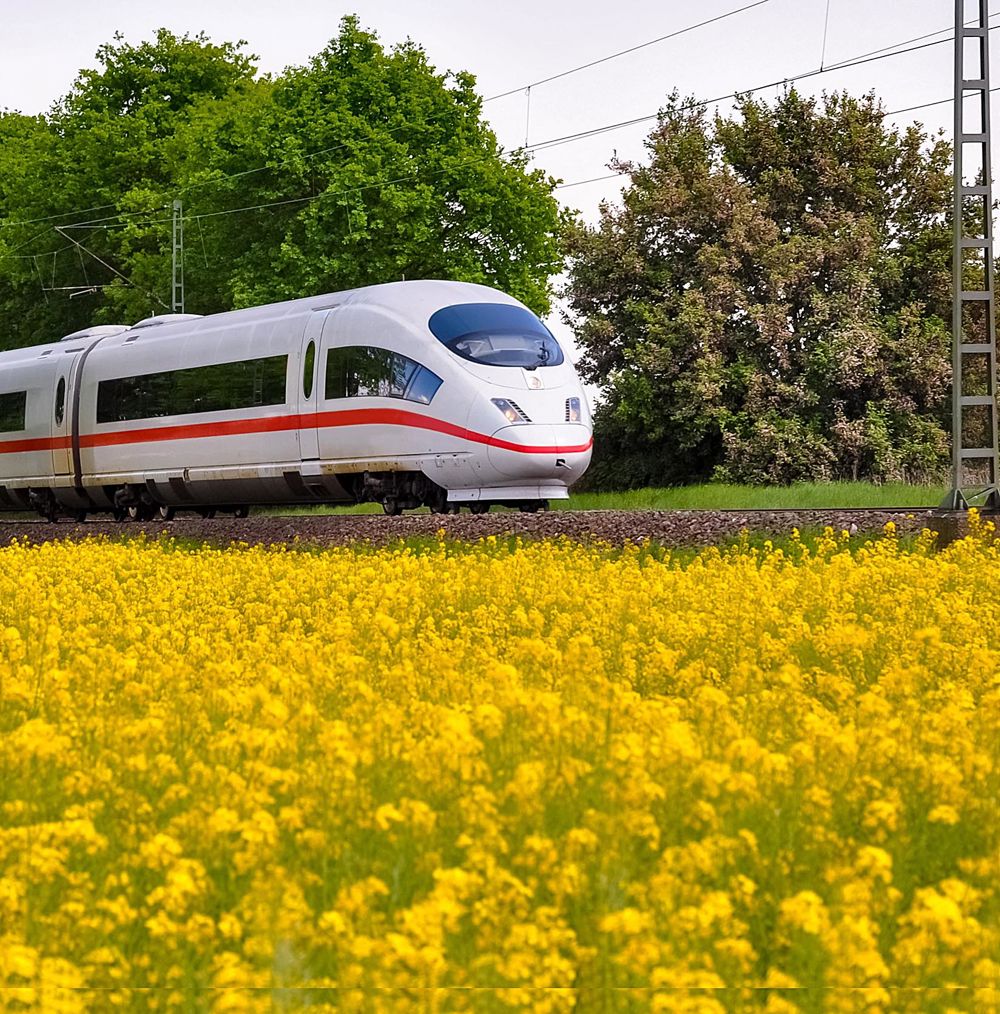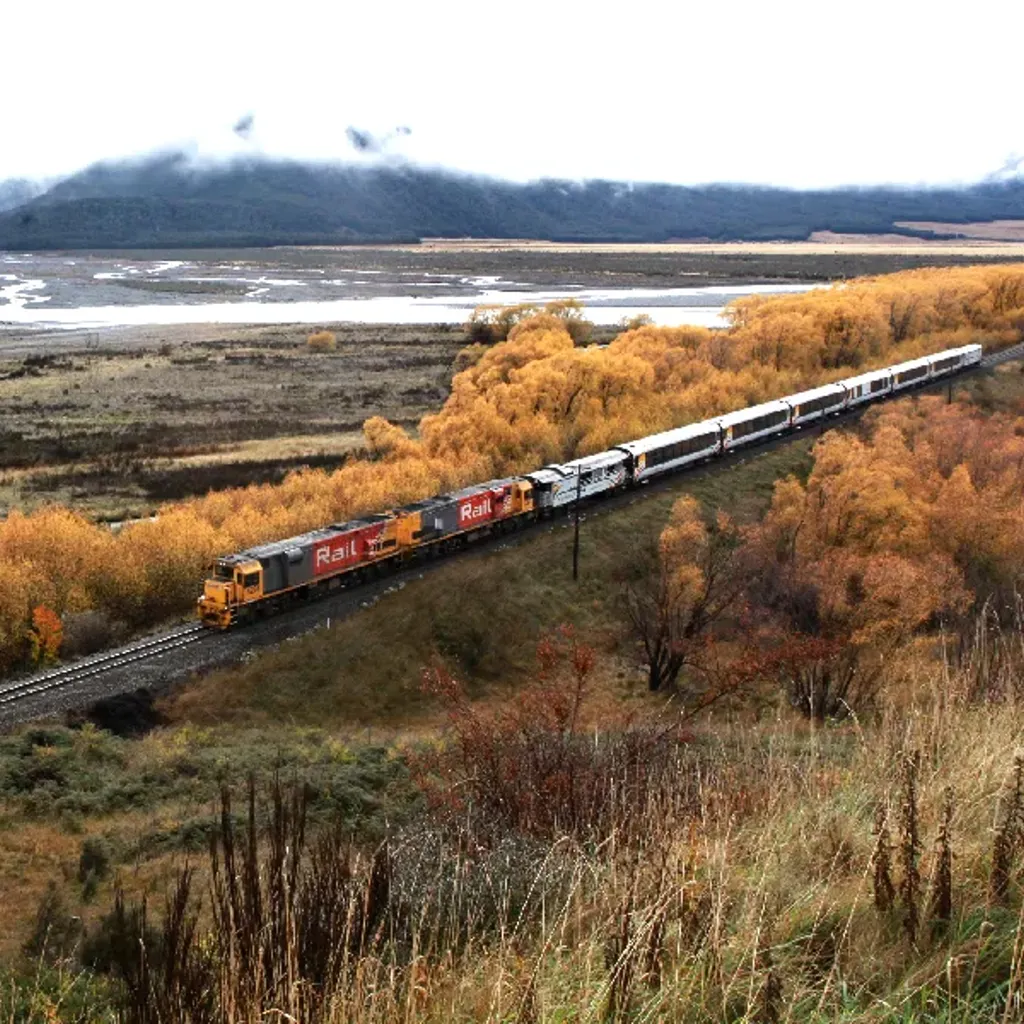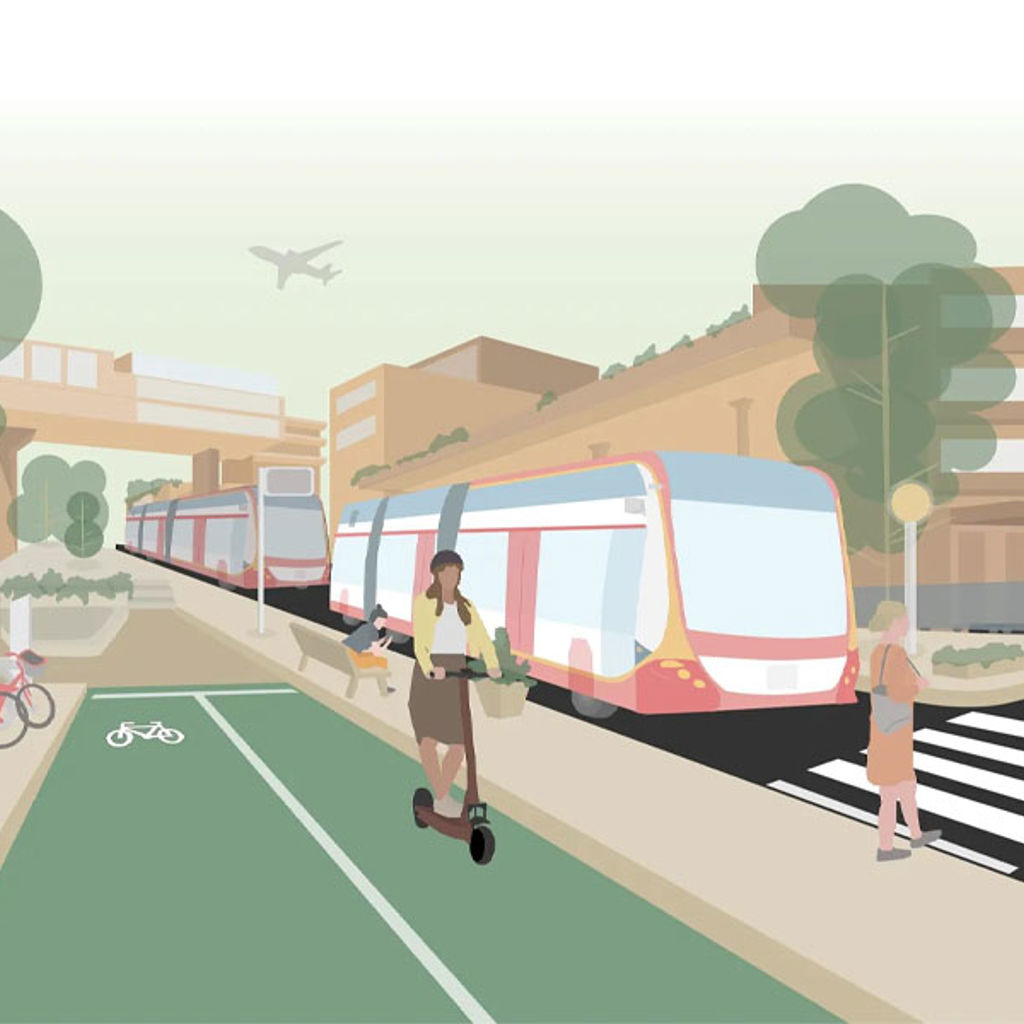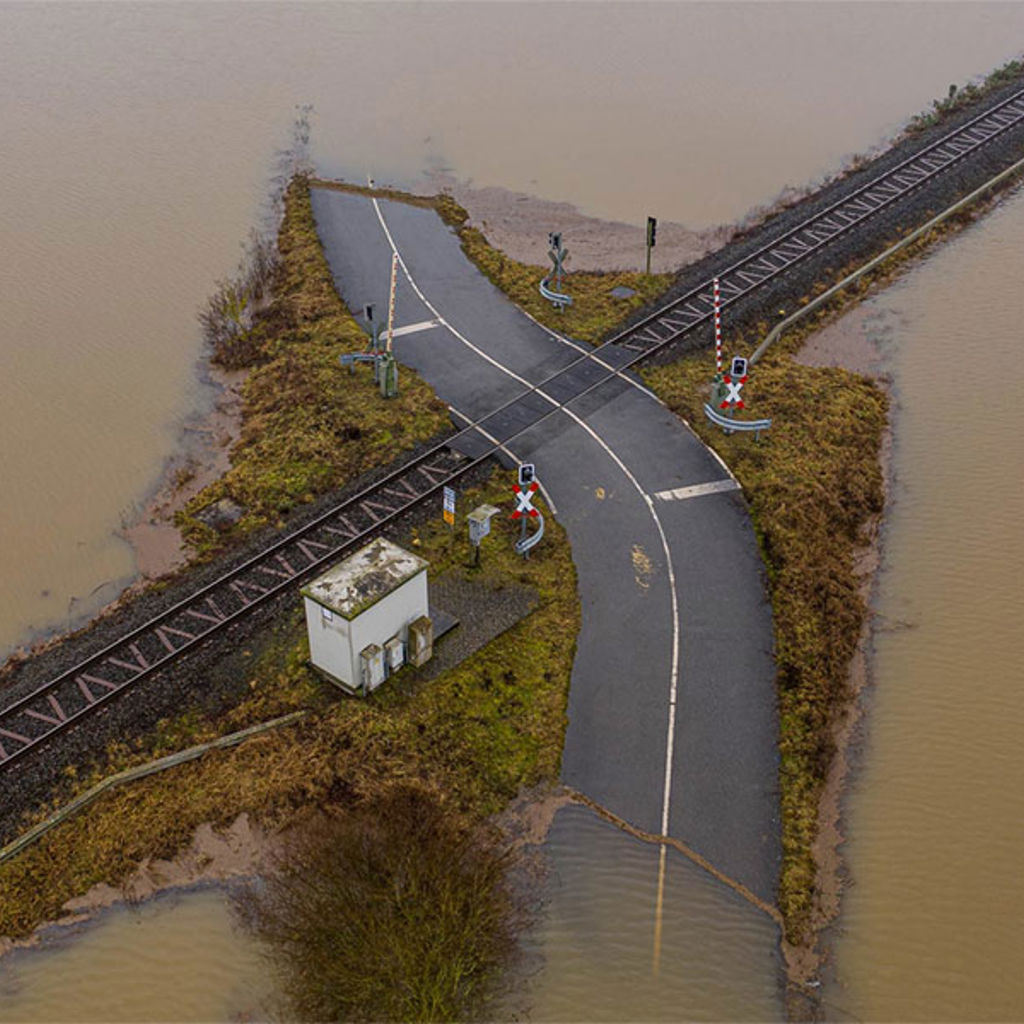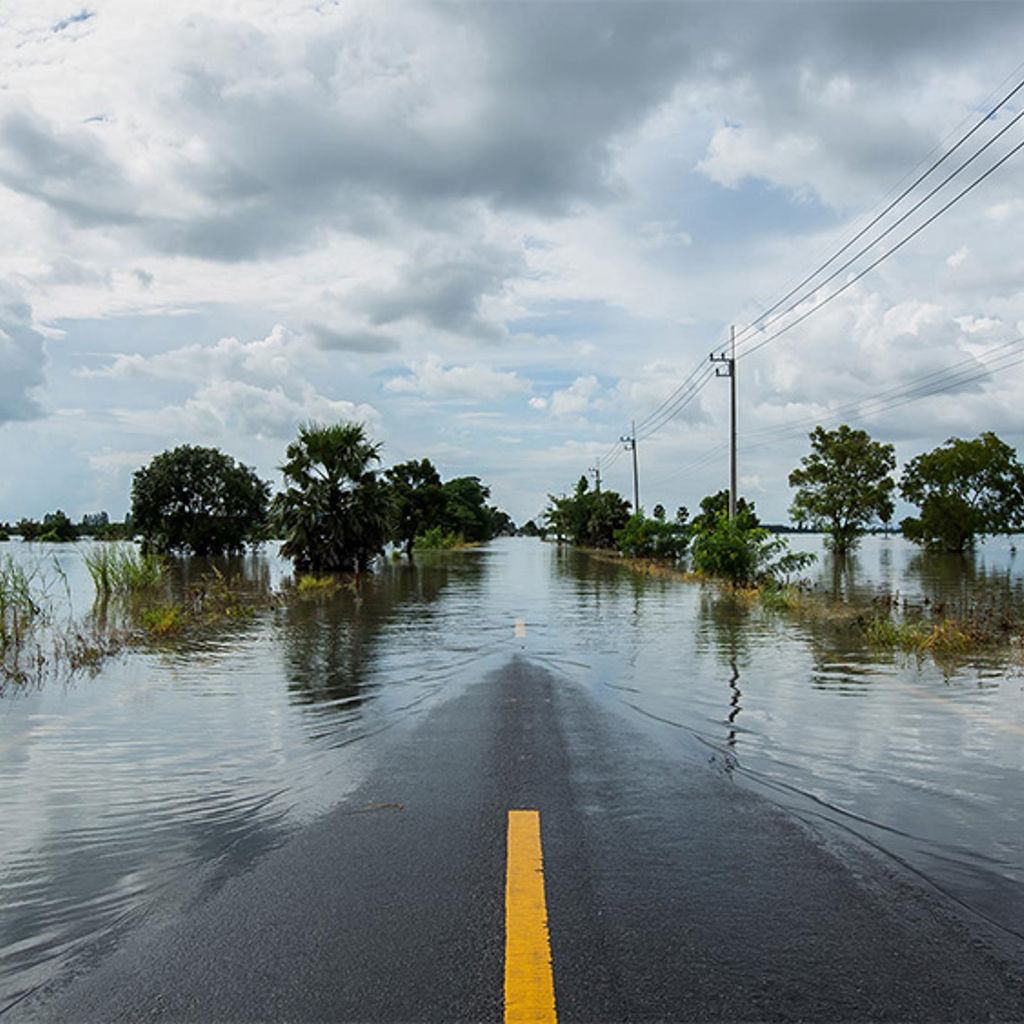Publication
Rail Resilience Framework
Heatwaves, fires, droughts, flooding, and landslides are increasing as climate change intensifies, impacting whole transportation networks and, by implication, whole communities.
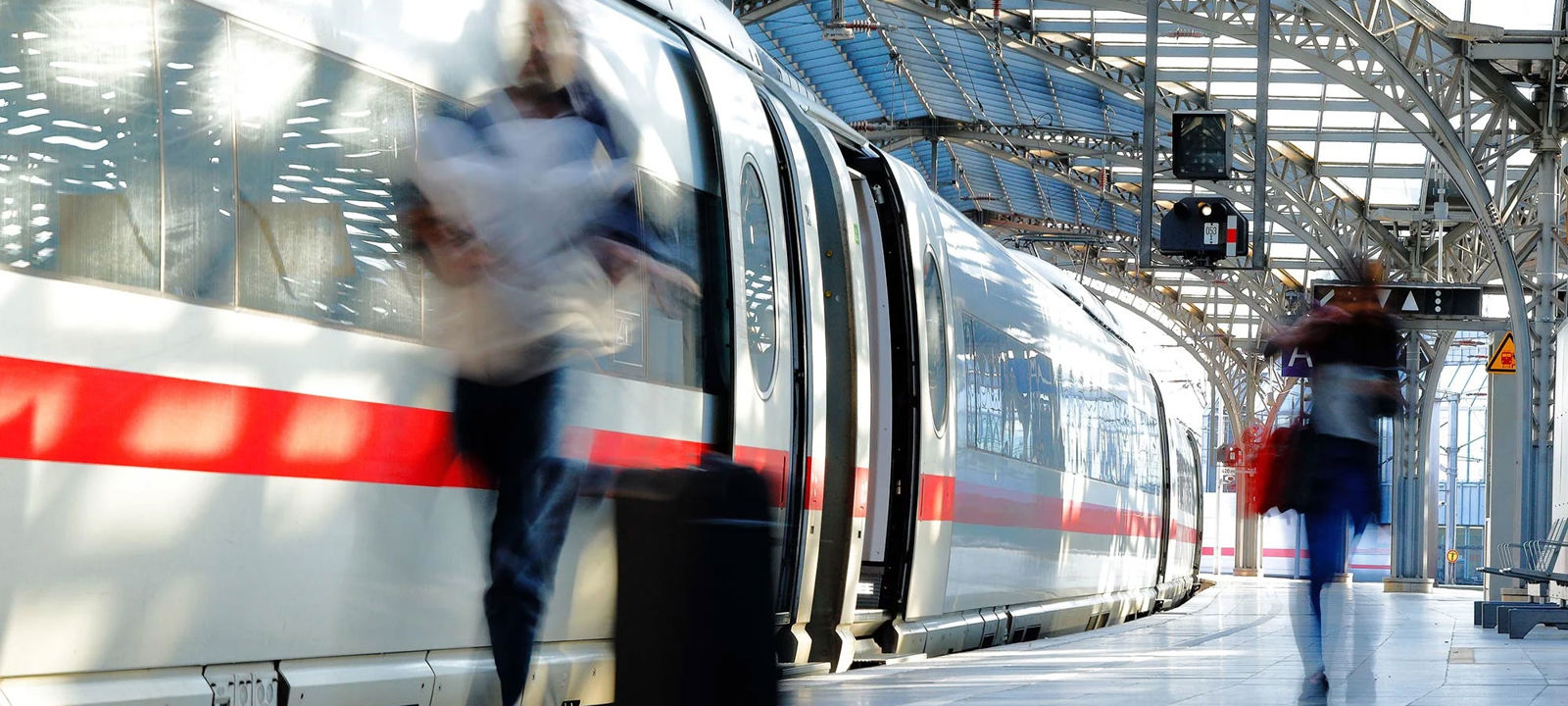
Issues
We explore some of the biggest questions facing the built and natural environments
Explore
Find out more about our services across the rail sector:
Services
Markets

